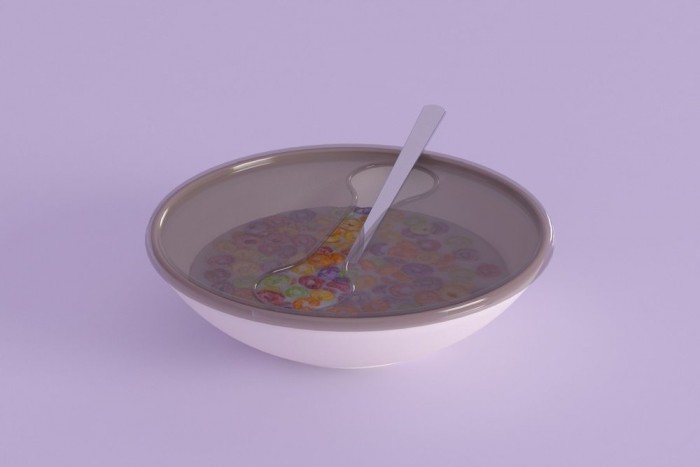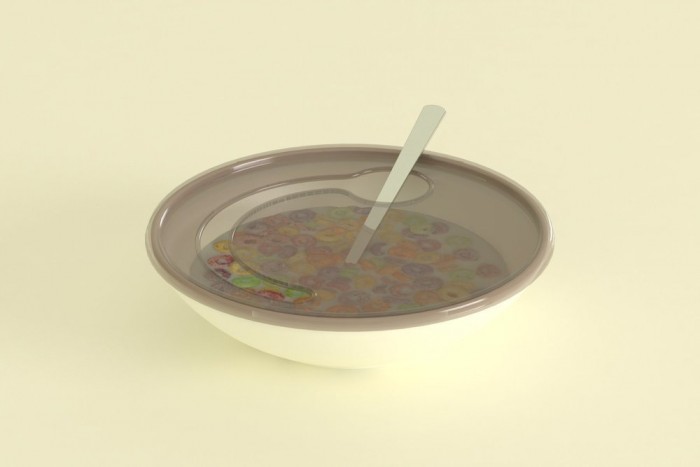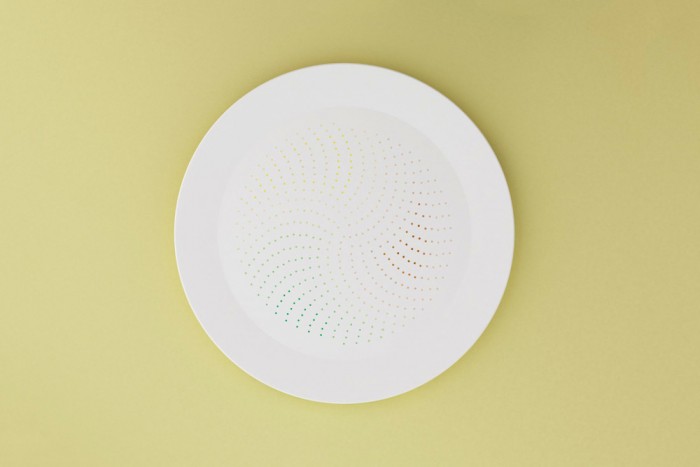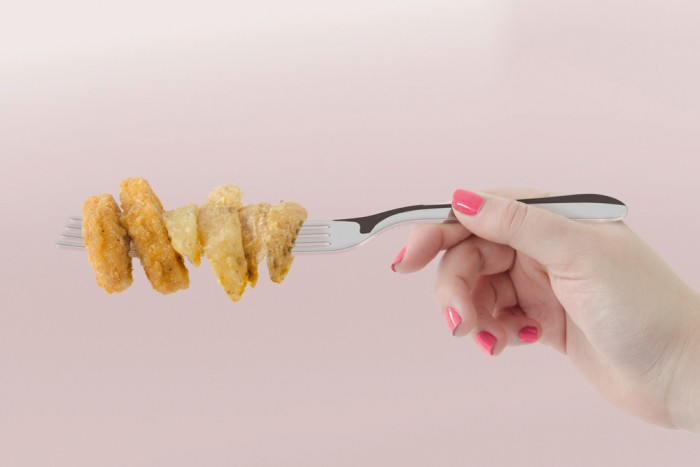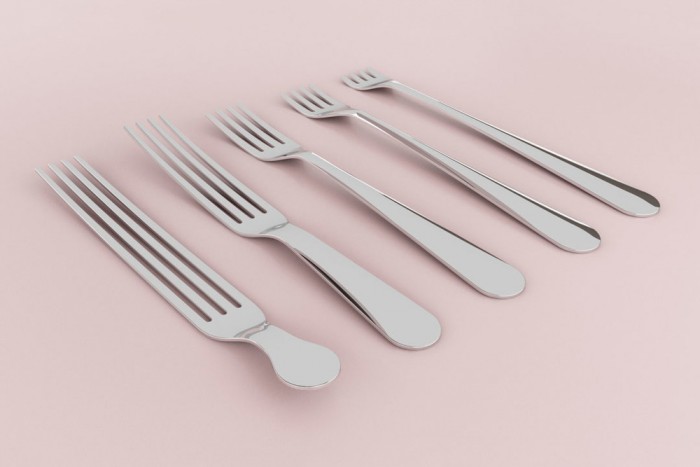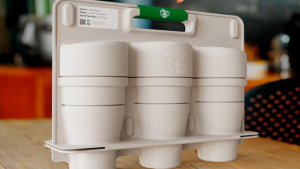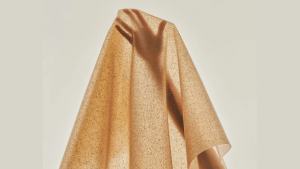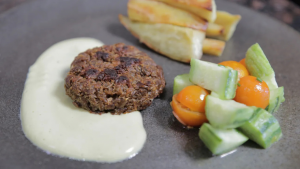In Portion Distortion, Dafne Ríos of Mexico-based creative agency Studio José de la O investigates how product design might impact our eating behaviour. The conceptual project imagines a series of objects designed to manipulate behaviours associated with unhealthy dietary habits such as our addiction to sugar, salt and fat, and our tendency to overeat.
The three chapters of the project, “Maze Cover,” “Portion Proportion” and “Forks of Excess” work to make a connection between the way we consume food and the utensils or objects we use to eat it. Designing hypothetical products as a reference, Ríos reveals how the form and usability of various cutlery and crockery artefacts can influence eating patterns and subsequently, bad behavioural patterns like overeating.
“Maze Cover” deals with people’s innate addiction for sugar, salt and fat. The design of the product is founded on the notion that we have some kind of genetic craving for these three items, which stems from the food types being vital to the survival of our ancestors. To slow down the rapid rate at which we devour these types of foods, the “Maze Cover” creates a maze-like lid over a bowl to make scooping its contents a little tougher. The colours of the lids are also designed to make certain foods less appealing.
“Portion Proportion” comes in the form of a tableware range that focuses on changing distorted ideas of food proportions. Colour cues on each item indicate exactly how much of a certain food type to eat and dotted patterning works as a reference to customise each portion to individual preferences.
“Forks of Excess” is built on two theories. The first theory proposes that how much we eat when dining out and dining in is determined by the size of our fork. The second theory contests that our enjoyment of food can be based on whether a fork is made from plastic or metal – the heavier the metal, the better. To put these principles to the test, Ríos came up with a range of forks in varying sizes that have been designed to increase or decrease food consumption.

